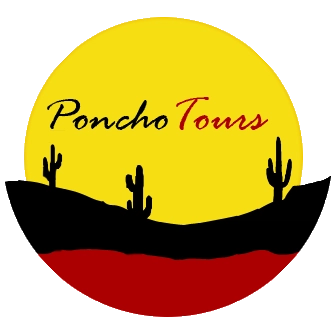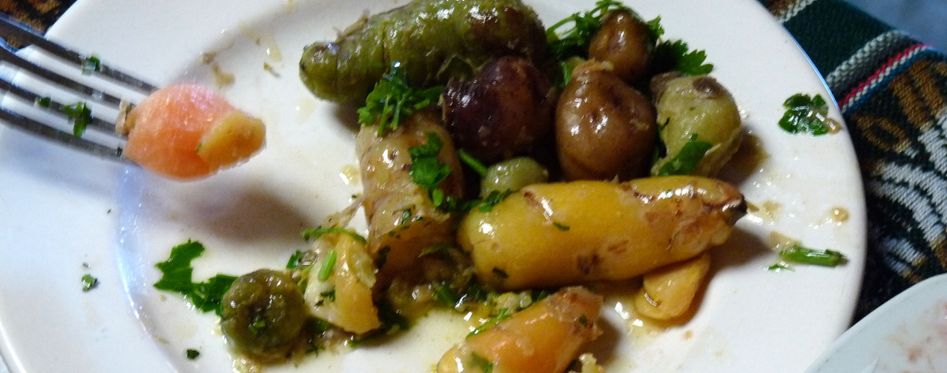The humble potato gets a bad press. It’s associated with unhealthy eating habits: eg crisps, often eaten by a couch potato while another member of the family is provoking a chip pan fire in the kitchen.
There’s the Irish potato famine which prompted mass starvation and emigration (blame the English landlords, not the potato).
A tour we think you'll love
It’s always the go-to character for the butt of jokes: think Mr Potato Head from Toy Story, or Spud in Trainspotting.
And yes, it’s always attached to an adjective underlining its “humble” origins.
Which is surprising, as the potato’s origins are far from humdrum, and actually quite exotic.
The potato originated on the banks of Lake Titicaca, which straddles the borders of Peru and Bolivia, and it has been the staple crop of Andean cuisine for at least 7,000 years.
It was taken to Europe by Walter Raleigh, along with tobacco (hence The Beatles’ cursing of the “stupid git” on the White Album).
Once introduced to Europe, the potato revolutionised the daily diet.
As the economist Adam Smith wrote in his paean to free market capitalism The Wealth of Nations: “No food can afford a more decisive proof of its nourishing quality, or of its being peculiarly suitable to the health of the human constitution.”
Where I live in Argentina, the potato is known simply as the papa (the same word means “father” or indeed, with a capital P: “Pope”): you see, we treat it with a lot more respect.
The potato contains every vitamin except A and D: but there’s plenty of Vitamin D in sunlight, of which we have plenty. The locals supplement their intake by chewing coca leaves, also rich in that vitamin, as well as in vitamin C, calcium and iron.
(You can read more about coca on our blog The Holy Leaf.)
Having just entered Spring, on my recent tours of the Quebrada de Humahuaca we still found chuño on the menu: this is potato specifically dried to see the locals through the winter: it has a more solid composition and an earthier flavour than many varieties.
As two of the world’s biggest four producers of potatoes are Russia and Ukraine (along with China and India) perhaps we should all be stocking up on chuño.
Other types of potato which you really must try if you’re on a tour of Argentina include the ullucu, the oca, the maswa and the batata (sweet potato).
As we are all threatened by food insecurity, the wonderfully named Potato Park in Cusco, Peru, is investigating ways to strengthen and adapt the 1,367 varieties it has in its inventory.
Perhaps it’s time to give the potato its due respect.
- If you can’t get enough of potatoes, check out the World Potato Atlas for an incredibly comprehensive analysis of the world’s 4,000 different varieties.
- And this is an excellent BBC article on the potato.







